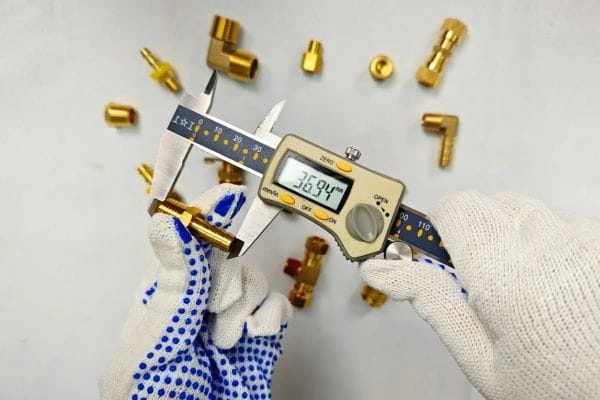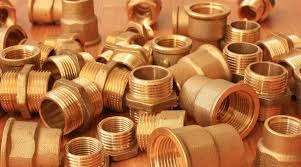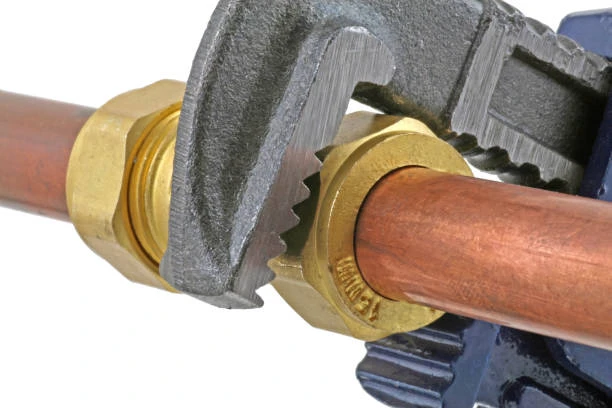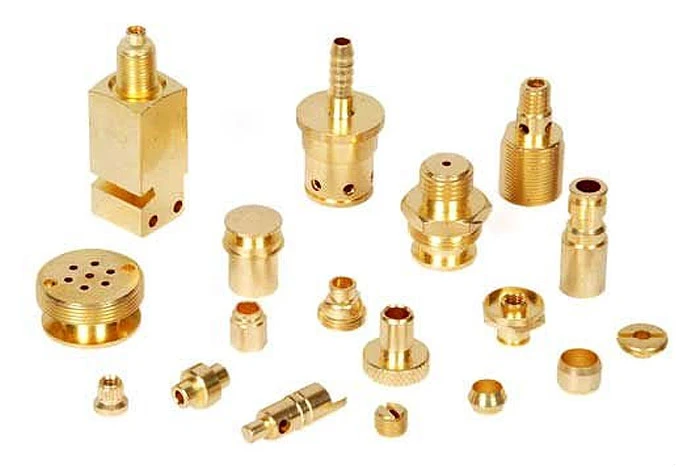Introduction to Brass Compression Fittings for PE Pipe
Brass compression fittings BS 7291 are essential components in plumbing and piping systems, especially when connecting polyethylene (PE) pipes. These fittings offer a reliable, leak-proof solution for various applications, including water supply, irrigation, and gas distribution. This guide will explore the features, benefits, types, and applications of brass compression fitting for PE pipes, along with installation tips and maintenance practices.
What Are Brass Compression Fittings?
Brass compression fitting are designed to connect two pipes or tubes by compressing a ring (known as a ferrule) around the pipe when tightened. These fittings are typically made of high-quality brass, providing strength and resistance to corrosion. When used with PE pipes, compression fittings create a secure and watertight seal that can withstand pressure and temperature changes.
Advantages of Using Brass Compression Fittings for PE Pipe
Brass compression fitting offer several advantages that make them a preferred choice for connecting PE pipes:
1. Leak-Proof Seal
Brass compression fitting provide a tight, leak-proof connection that prevents water loss and ensures system efficiency.
2. Durability
Brass is a strong and durable material that can withstand high pressures and harsh environmental conditions, making it ideal for various applications.
3. Corrosion Resistance
Brass fittings are resistant to corrosion, which is crucial for maintaining the integrity of plumbing systems over time.
4. Easy Installation
These fittings are straightforward to install, requiring minimal tools and expertise, making them accessible for both professionals and DIY enthusiasts.
5. Compatibility with Various Pipe Sizes
Brass compression fitting are available in different sizes, allowing for compatibility with various PE pipe diameters.
Common Types of Brass Compression Fittings for PE Pipe
Brass compression fitting come in several configurations to suit different plumbing needs:
1. Straight Compression Fittings
These fittings connect two PE pipes of the same diameter in a straight line, allowing for a seamless transition.
2. Elbow Compression Fittings
Elbow fittings allow for a change in direction, typically at a 90-degree or 45-degree angle, making them essential for navigating around obstacles in plumbing systems.
3. Tee Compression Fittings
Tee fittings create a branch in the piping system, allowing for a connection to a third pipe at a right angle.
4. Reducing Compression Fittings
Reducing fittings connect pipes of different diameters, facilitating transitions between various pipe sizes.

Applications of Brass Compression Fittings for PE Pipe
Brass compression fitting for PE pipes are used in a variety of applications, including:
1. Water Supply Systems
These fittings are commonly used to connect PE pipes in residential and commercial water supply lines, ensuring a reliable flow of water.
2. Irrigation Systems
In agricultural and landscaping applications, brass compression fitting connect PE pipes to irrigation systems, providing efficient water distribution.
3. Gas Distribution
Brass compression fitting are suitable for use in gas distribution systems, ensuring safe and secure connections.
4. HVAC Systems
These fittings are also used in heating, ventilation, and air conditioning systems, where they connect PE pipes to various components.
How to Install Brass Compression Fittings for PE Pipe
Installing brass compression fitting for PE pipes is a straightforward process. Follow these steps for a successful installation:
1. Gather Your Tools
You will need:
- Brass compression fittings
- PE pipe
- Pipe cutter or hacksaw
- Deburring tool (to smooth the pipe edges)
- Wrench (if necessary)
2. Prepare the Pipe
Cut the PE pipe to the desired length using a pipe cutter. Ensure that the cut is clean and straight, and use a deburring tool to remove any sharp edges.
3. Slide the Ferrule onto the Pipe
Before connecting the fitting, slide the compression ring (ferrule) onto the end of the PE pipe. Ensure it fits snugly.
4. Insert the Pipe into the Fitting
Insert the prepared end of the PE pipe into the compression fitting, making sure it is pushed all the way in.
5. Tighten the Compression Nut
Hand-tighten the compression nut onto the fitting, then use a wrench to secure it further. Be careful not to overtighten, as this can damage the fitting or pipe.
6. Test for Leaks
After installation, turn on the water supply and check for leaks around the connection. If any leaks are detected, tighten the fitting further until the leak stops.
Maintenance Tips for Brass Compression Fittings
To ensure the longevity and reliability of brass compression fitting, consider these maintenance tips:
- Regular Inspections: Periodically check the fittings for signs of wear, corrosion, or leaks. Address any issues promptly to prevent system failures.
- Keep Clean: Remove any debris or buildup from the fittings to maintain optimal performance.
- Monitor Pressure: Ensure that the pressure within the system remains within the fitting’s specified limits to avoid damage.
Conclusion
Brass compression fittings for PE pipes are an excellent choice for creating reliable, leak-proof connections in various plumbing applications. Their durability, corrosion resistance, and ease of installation make them a preferred option for both professionals and DIY enthusiasts. By understanding their features and benefits, you can make informed decisions when selecting brass compression fitting for your projects. With proper installation and maintenance, these fittings will ensure a long-lasting and efficient plumbing system.


















